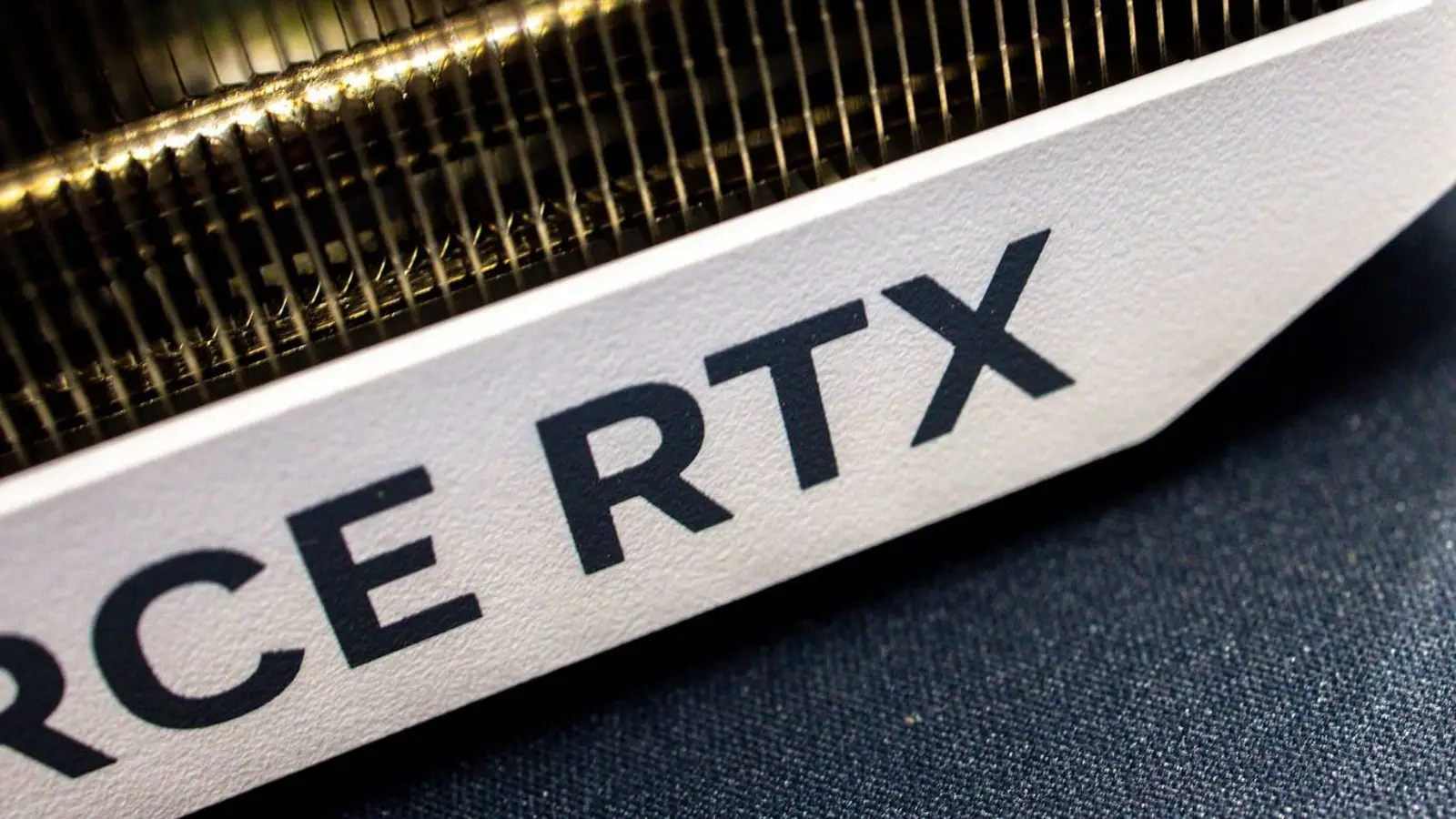Extreme RTX 5090 mod with dual 12V-2x6 power hits 808W
Enthusiast pushes Gigabyte RTX 5090 AORUS Stealth: dual 12V-2x6 connectors, shunt mod, 808 W draw, liquid cooling, 3.2 GHz clocks, even connector thermals.
Enthusiast pushes Gigabyte RTX 5090 AORUS Stealth: dual 12V-2x6 connectors, shunt mod, 808 W draw, liquid cooling, 3.2 GHz clocks, even connector thermals.

© A. Krivonosov
The Gigabyte RTX 5090 has once again become a proving ground for extreme experimentation: an enthusiast reworked the card to run with two 12V-2×6 power connectors—the same standard that has fueled debate in recent years over overheating and melting. Rather than dialing back the strain, the modder leaned into it to see whether the board could deliver even more power.
The platform was a Gigabyte RTX 5090 AORUS Stealth, a design that allows an alternative placement for the power inputs. Taking advantage of that, modder Yogimuru enabled both connectors simultaneously and performed a shunt mod, swapping the stock current-sense resistors for lower values. The BIOS continued to show 485 W, but actual power draw climbed to 808 W, as confirmed by measurements.
Because the connector ended up in an unconventional spot, the stock cooler wouldn’t fit, so the card moved to custom liquid cooling. Under full load, the GPU temperature reached roughly 67 degrees Celsius—hotter than ideal due to an imperfect waterblock mount, which ultimately limited overclocking. Even so, the GPU hit 3.2 GHz and delivered results close to the top for this configuration.
Thermal imaging indicated that both connectors heated up evenly, pointing to a shared power path with symmetrical load distribution. In practice, that suggests repair services could relocate the connector to the alternate position if needed—the board makes room for it.
While the real performance gain was more modest than the power figures suggest, the experiment underscores something important: the RTX 5090 can be pushed to run with two 12V-2×6 connectors, and shunt mods can raise power limits to levels previously seen as out of reach. The trade-offs are clear—heavy modding, custom cooling, and, of course, a voided warranty.